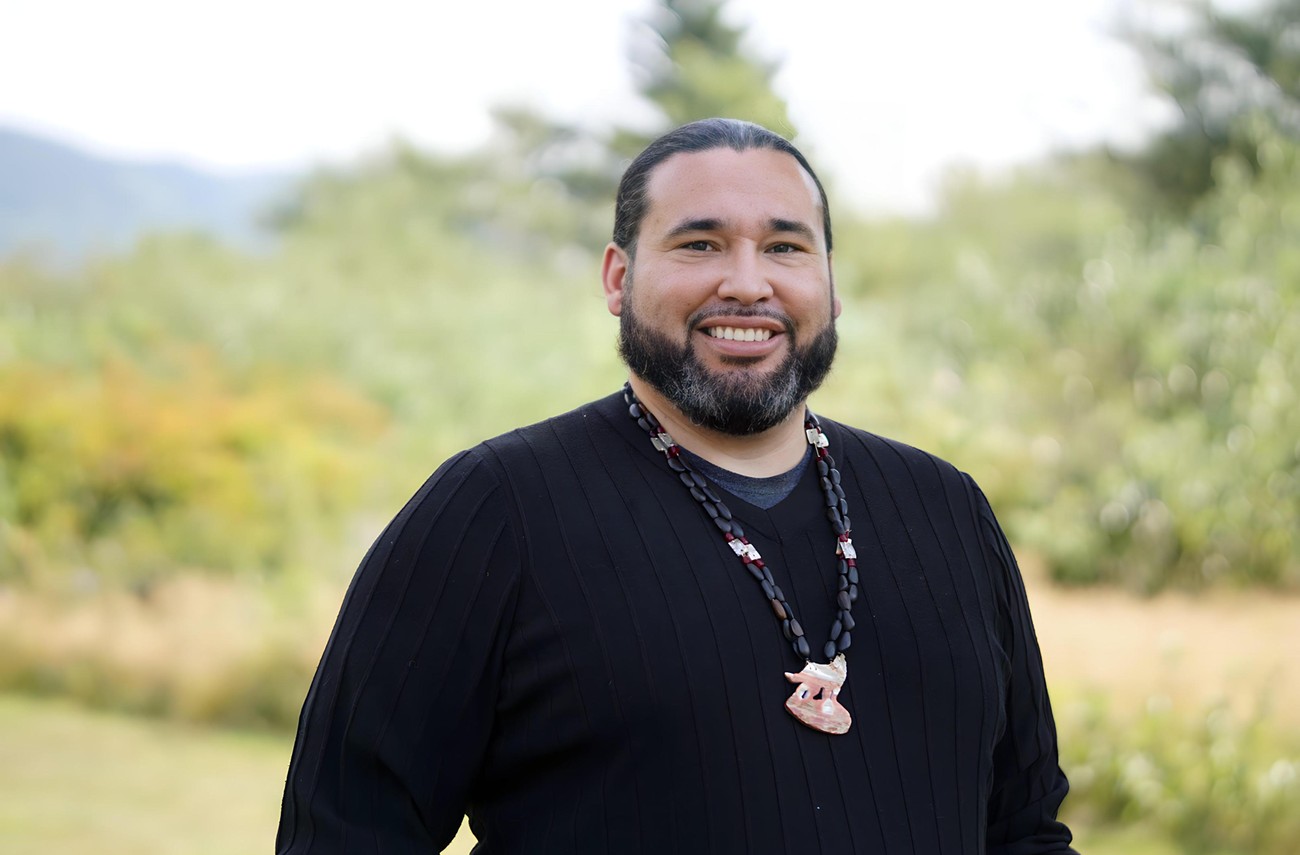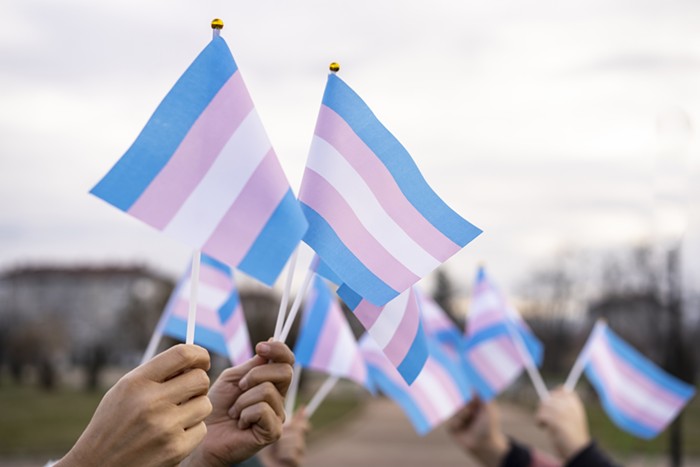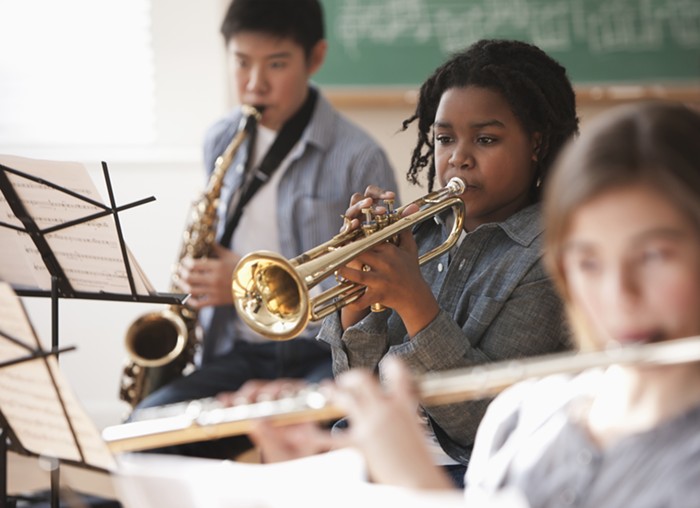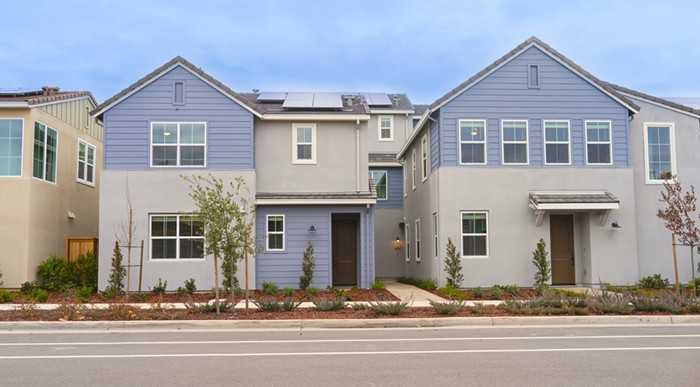When I was a kid growing up in Neah Bay on the Makah Indian Reservation, my elders taught me many things about our lands and waters.
They taught me that cedarwood is best for canoes because it swells in saltwater. They taught me how to fish sustainably. They taught me that crabapple trees help prevent the spread of wildfires because their roots grow straight down into the ground, while other trees can spread fire through their roots, sometimes for miles.
They taught me that the best answers are the oldest ones, that the best stewards for our lands and waters are the ones who’ve been doing it the longest.
And throughout my life, I’ve put their knowledge into practice as a land manager, a fisherman, and a first-responder.
I believe that our present challenges–climate change, forest health, wildfires, salmon recovery–must be met with practices both ancient and urgent. That our best chance to confront the interlocking crises facing us is through collaboration with communities that have been caring for this land for generations.
Putting tribal ecological knowledge and the lived experience of marginalized communities at the forefront of our approach to managing Washington’s natural resources isn’t mystical or mythic–it’s science-backed, climate-focused, and tested by thousands of years of experimentation and revision.
Since time immemorial, native tribes have conducted cultural burns across prairies and forests, not only to suppress wildfires but to spread nutrients and regenerate growth.
But in the early part of the 20th century, forest practices set by the federal government led to a century-long ban on cultural burns, allowing dense, wildfire-prone growth to spread across the country. As a result, wildfires have grown larger and more difficult to contain, torching millions of acres of parched, mismanaged earth.
Here in Washington, the Bureau of Indian Affairs spent decades arresting native Washingtonians for attempting to practice cultural burns.
In recent years, our state has finally returned to controlled burns, gathering tribal leaders alongside local, state, and federal land managers to share knowledge and conduct burns and forest thinnings. The result is a more effective strategy to prevent and respond to wildfires. But we need to do more.
Washington’s tribes are on the front lines of the wildfire crisis, which means we must serve as the first line of defense, identifying areas for burns and thinning and forest health treatment to help limit wildfires and generate new, resilient landscapes.
We must also take the lead on restoring the health of our waters.
This year, tribes across Washington celebrated the 50th anniversary of the Boldt Decision, a landmark moment not only for native rights but for the future of our waters–from the Salish Sea to every last river and stream in our state.
Since then, tribes have worked in partnership with state and federal agencies to restore watersheds, remove invasive species and fish passage barriers, and limit harmful practices like non-native net pen fish farming.
But despite that progress, salmon are still under threat–not a single species of salmon has made it off the endangered species list.
The best way to undo decades of damage and to preserve our waters is to meld scientific breakthroughs with the original, sustainable practices–to learn from those who have relied upon these resources for generations, and to recognize that the work of tribal nations is a chief reason salmon still exist in our state at all.
As the Director of Tribal Relations at the Department of Natural Resources (DNR), I’ve had the honor of working with every tribe in our state on a broad range of issues affecting their communities, from forest health to watershed resilience and beyond.
While we’ve made progress, the lack of native representation throughout DNR has to be addressed. When I hired a second Makah member to join my team, I doubled the Native workforce at the executive level of the agency … to two people.
Across the country, natural resource management has historically lacked diversity–with women and people of color largely underrepresented in land management workforces.
It’s time for our leadership to look like our people. It’s time our state began engaging tribes on all land management issues, not just on tribal land but on all state lands. And it’s time to center the needs of all Washingtonians, especially those living in the reservations and rural communities on the frontlines of a changing climate.
We can’t forget that our state’s most precious natural resource is its people.
There’s been a lot of talk lately about the nuances of legacy environmental policy, but not nearly enough about the legacy of our people, of marginalized communities, of those who’ve been here since time immemorial. We cannot continue marginalizing the very voices that are most needed to confront our urgent challenges.
Crabapple trees grow their roots straight into the ground, and so do native peoples. Just as crabapples help safeguard us from wildfires, so should the indigenous people of Washington help safeguard the future of our state.
We need to do a lot more than simply acknowledge stolen land. We need to return leadership of these lands to the people who know them best, whose practices and knowledge have been earned through centuries of quiet communion and sustainable stewardship.
We all need to listen to the elders.
Patrick DePoe currently serves on the executive team at the Washington State Department of Natural Resources. He’s worked as a commercial fisherman, a land manager, and spent six years as an elected member of the Makah Tribal Council, where he led Tribal coordination with state and federal agencies on climate resilience and habitat restoration. Patrick earned his degree from the University of Washington, where he began nearly two decades of working and volunteering in emergency response. Currently, he is a candidate for Commissioner of Public Lands.



















